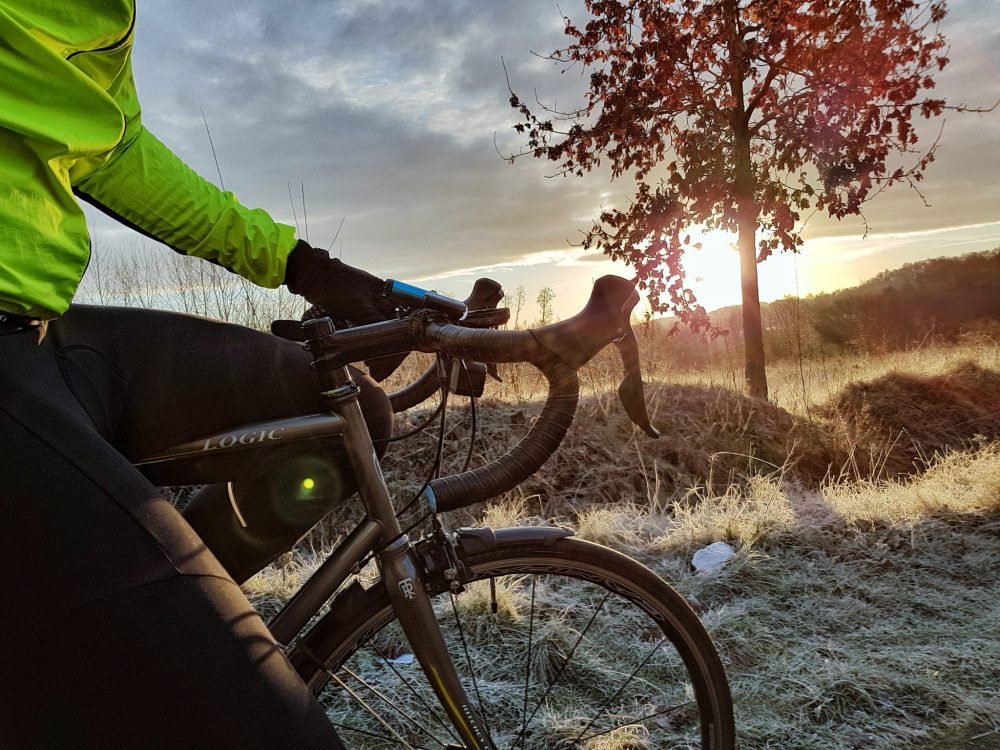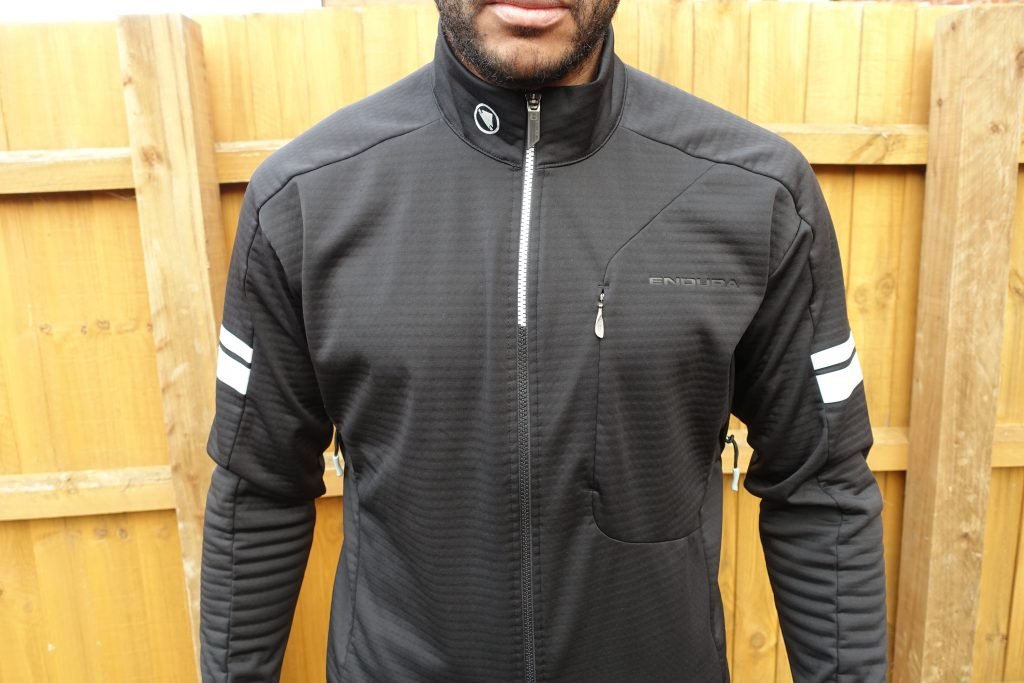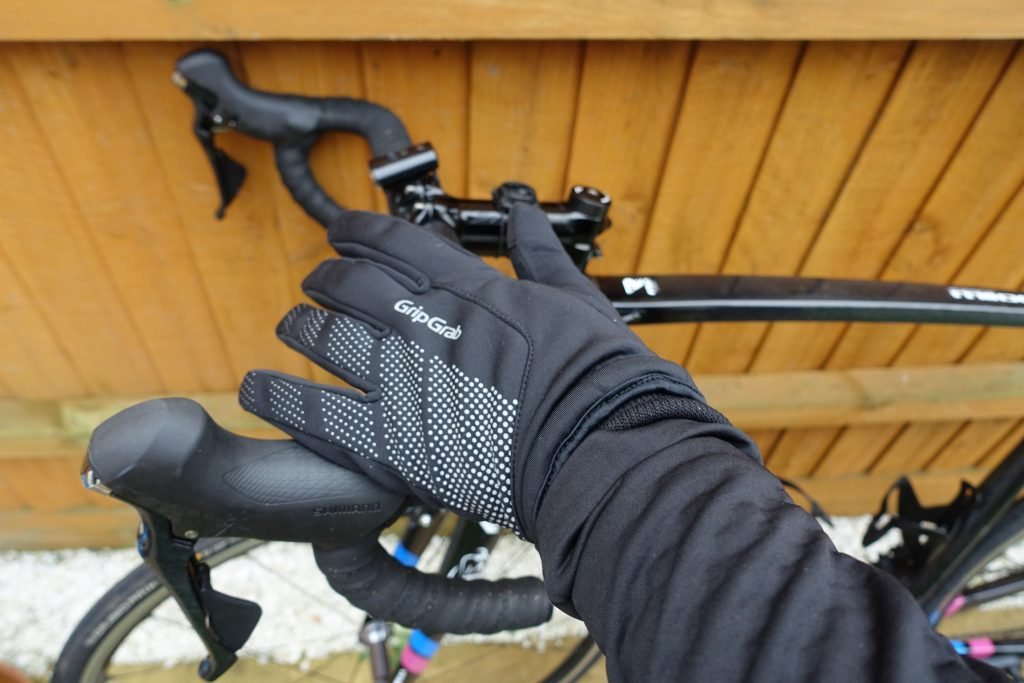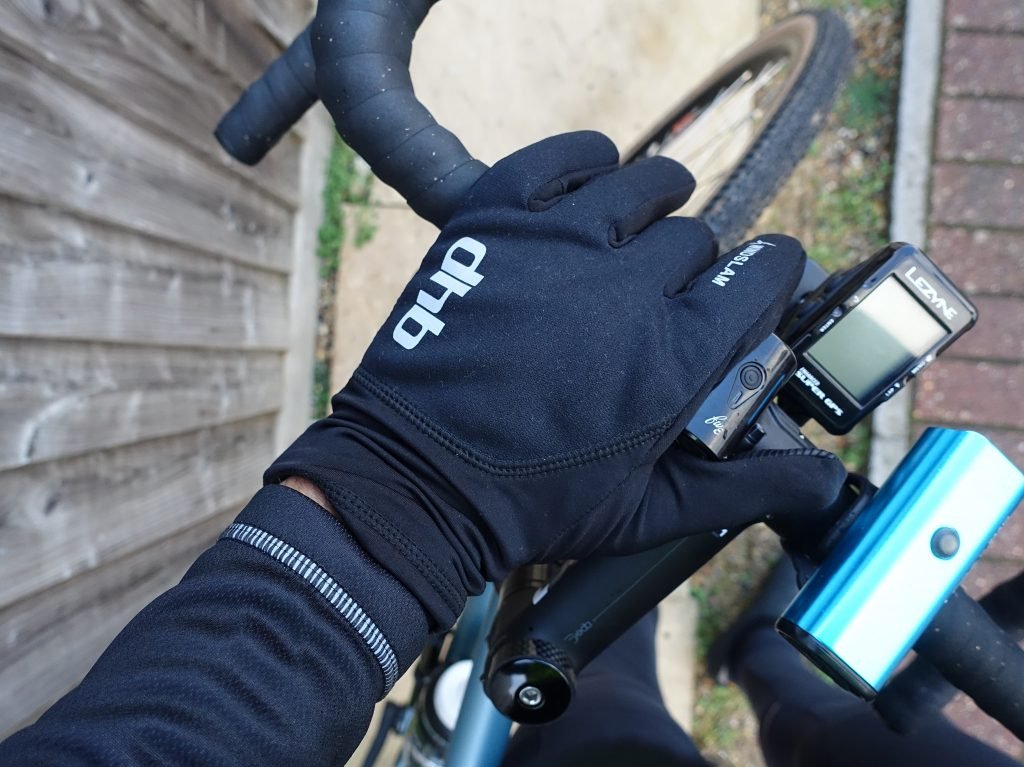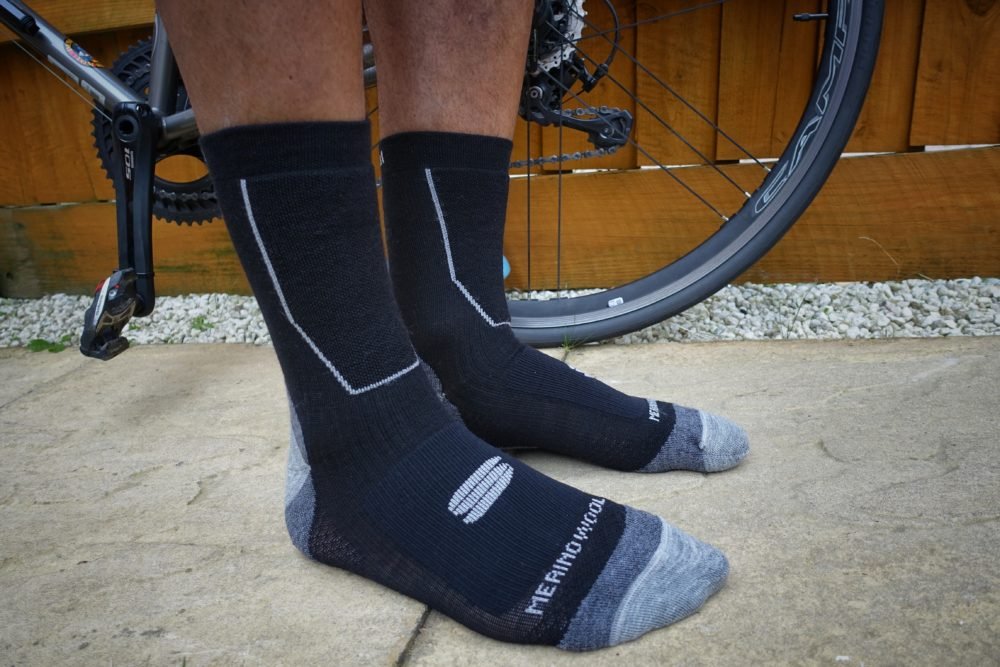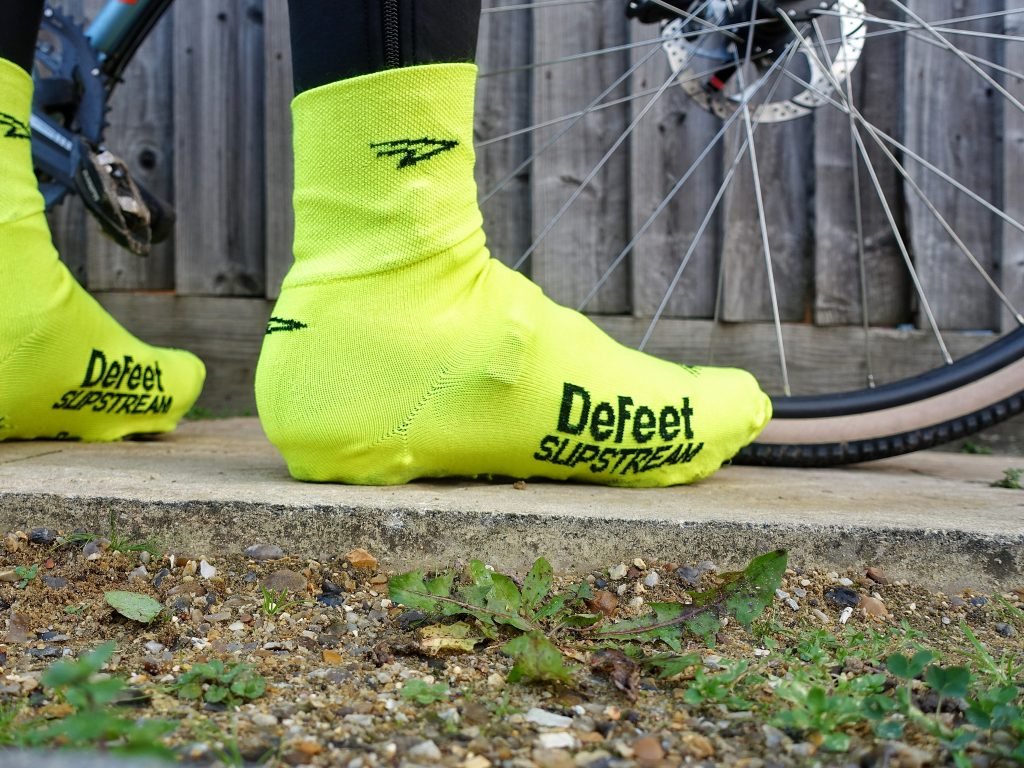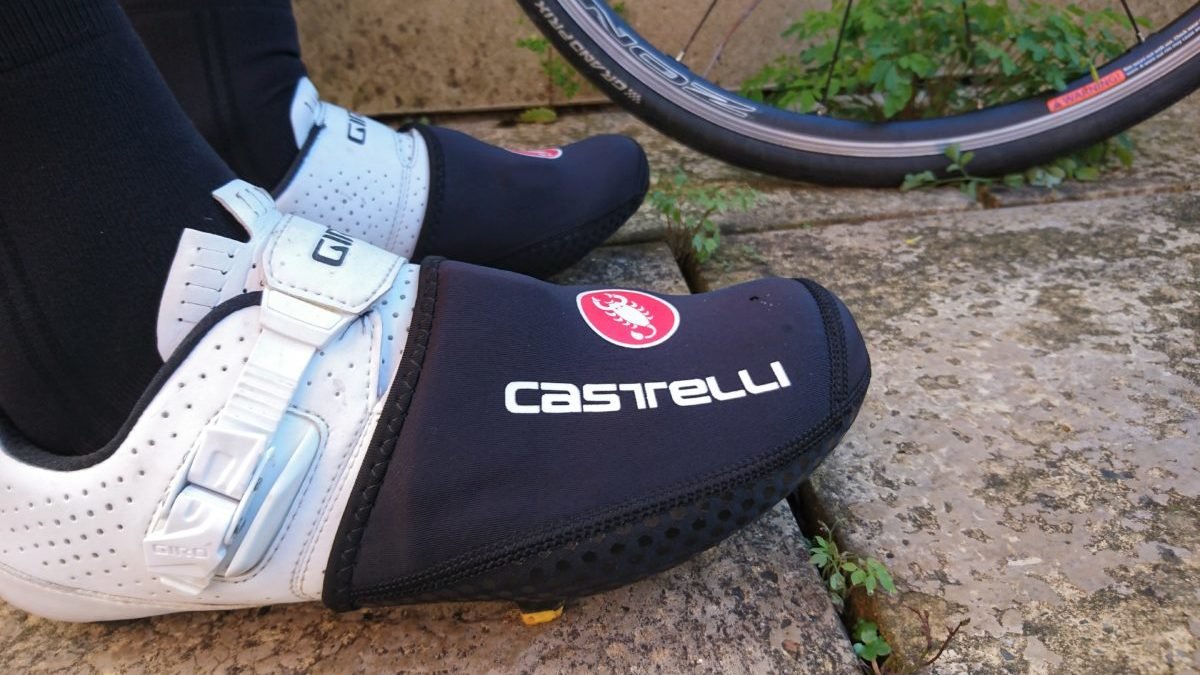Buyers Guide to Winter Cycling Clothing
Keeping warm during winter rides may seem easy enough. In reality though, its a fine art that can sometimes need careful thought. Check out our ultimate guide to winter cycling clothing.
Upper Body
Base Layers
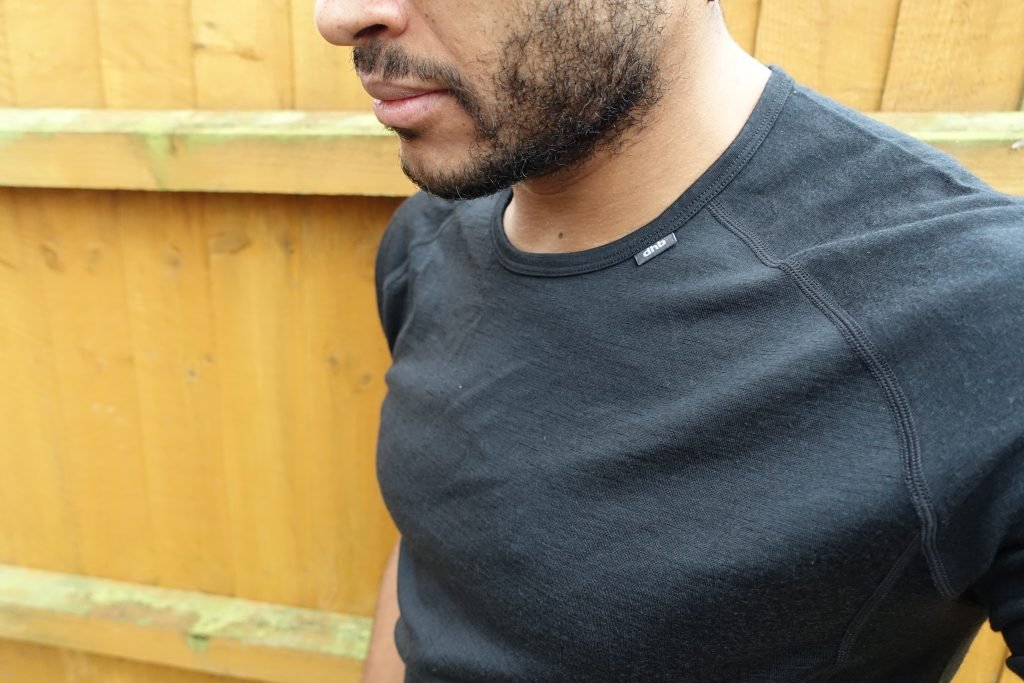
A lot of cyclists wear a base layer of some description throughout the year. But when the temperature drops, a good winter base layer is an excellent investment.Merino Wool has become one of the favourite materials for cycle clothing manufacturers. This is down to the fact that it regulates temperature so well.Trapping heat during colder weather, it is also very good at absorbing and wicking moisture (sweat). This helps prevent a 'chill' of having wet clothes against the skin. Whether you choose to wear a short sleeve or long sleeve base layer is entirely down to your personal preference. But when it comes to layering up for winter cycling - this is an essential piece of kit.
Long Sleeve Jerseys
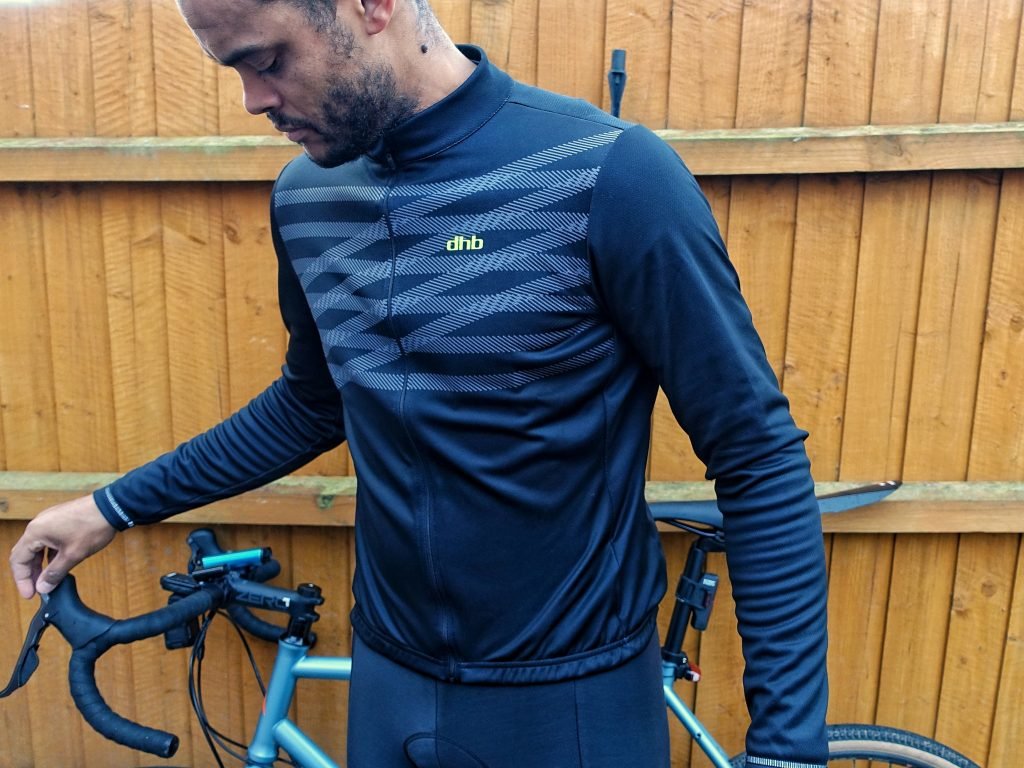
A long sleeve jersey is an ideal second or mid layer for winter cycling. Jerseys can be made from various materials including Polyester, Nylon, Spandex or a mixture. Thermal long sleeve jerseys have a soft, brushed fleece lining for improved warmth when riding. This is also known as Roubaix fabric.

Cycling jerseys probably have a bigger range of options than any other piece of kit.It's important to think about your comfort when riding and the type of riding you are doing. When choosing a jersey, look at its fit or cut. A form fit jerseys will be tighter and closer to the your body. This makes it more aerodynamic. Whereas a relaxed fit jersey is looser and probably more comfortable overall - but less aerodynamic.
Jackets
If you are planning to ride during very cold weather - a winter or windproof jacket is an important part of your kit. This type of jacket is designed to give you protection from the cold, wind and rain. Winter jackets can be made from different materials and are often layered to make them warm, but breathable at the same time. Some winter cycling jackets have a waterproof or water repellent coating to it.
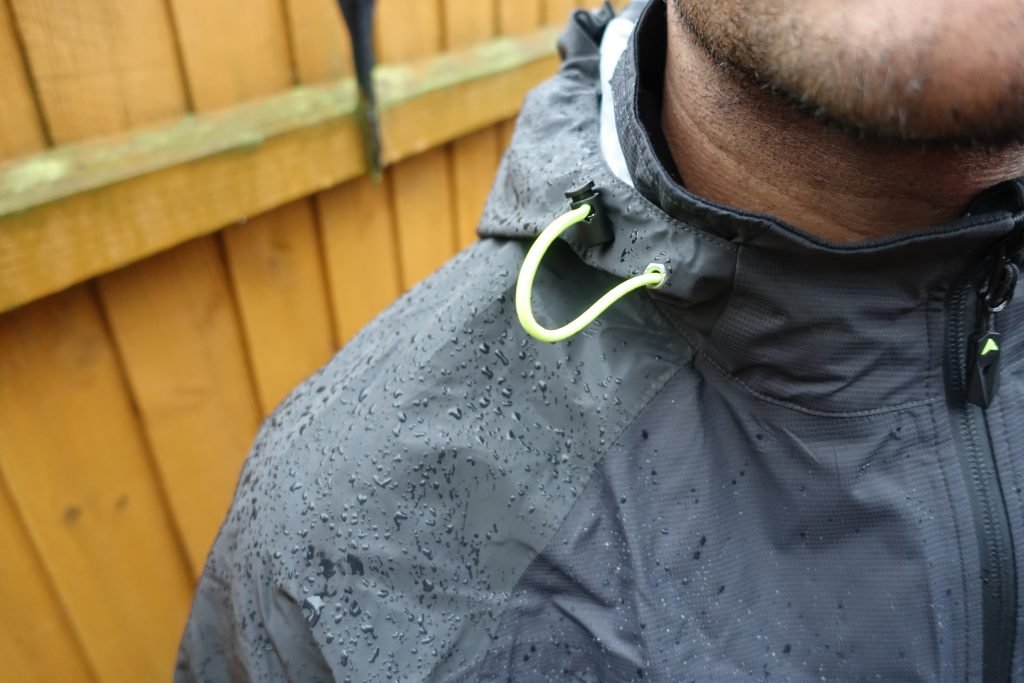
A waterproof jacket is likely to be required at some point during winter cycling. A good waterproof jacket will have taped seams and a sealed zip to prevent water getting in. At the same time, cycling specific waterproof jackets are designed to be breathable. This is achieved by the fabrics used in manufacturing. However, there is some debate as to whether a jacket can be 'fully' waterproof and breathable at the same time. We tend to think that there is a trade off between the two. You may find that a jacket which is 100% waterproof will not allow body heat to escape very well. This can cause a build up of condensation inside the jacket. Where possible - look for a waterproof jacket with ventilation hold or zips.
Legwear
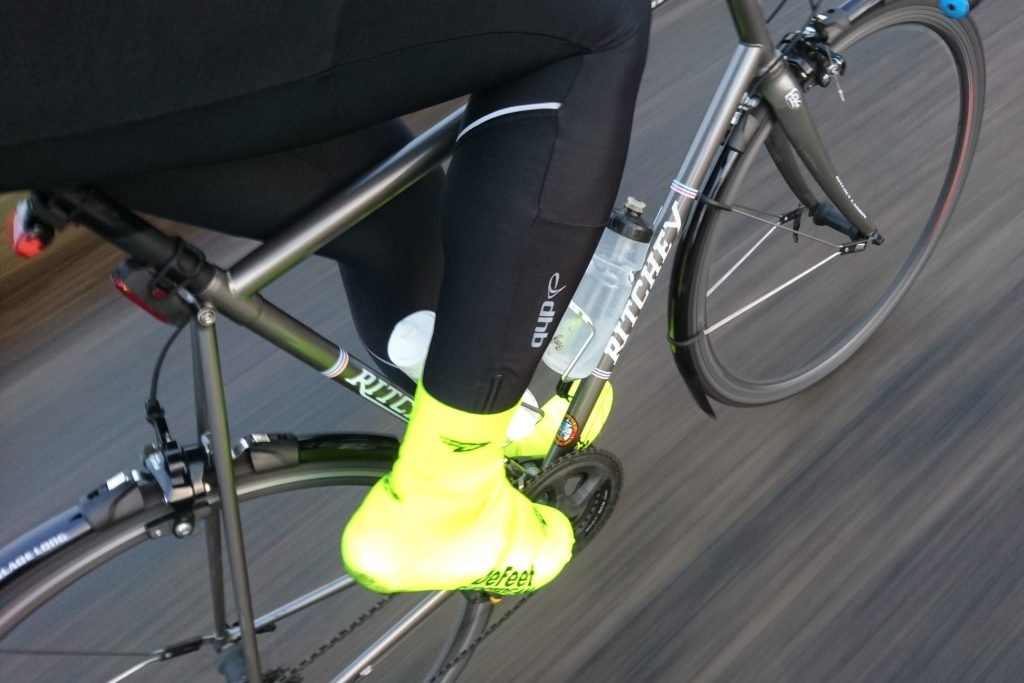
Protecting your joints in cold weather is important. You may have noticed that riding in shorts as the the temperatures start to drop, causes some aches and pains in you (knee) joints. Whilst there is no confirmed medical explanation for this,there are several theories. One theory is that a drop in barometric or atmospheric pressure causes the muscles, tendons and tissue to expand. This puts pressure around the joint area. Another theory is that the body works to keep the core area warm - sending more red blood cells to the internal organs and away from joints, fingers and toes etc. Tights/bib tights fit close to the body and are often fleecelined for additional warmth. If you are an all-year-round shorts wearer (there are some out there) - at least invest in a good pair of knee or leg warmers.
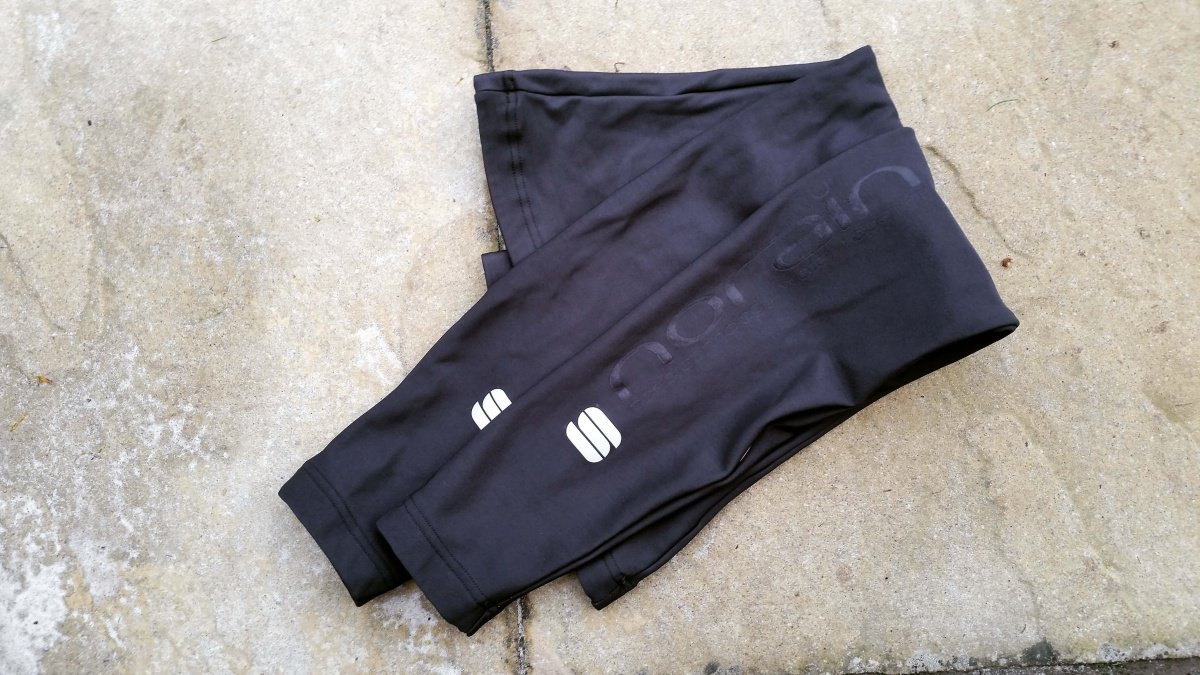
Knee and leg warmers still have their place in winter cycling kit. Although you may be less likely to wear shorts during hours of winter base miles, there is always the possibility of an unusually mild day. The best thing about knee and leg(and arm) warmers, is their versatility. The can be put on and removed with relative ease. They also pack down nice and small, so you can fit them in your jersey pocket. The best option for warmers during the winter are ones that area Roubaix material. This is a warm stretchy fabric that has a soft fleece lining and excellent wicking capabilities. Products like Sportful No Rain,Castelli NanoFlex and dhb Rain Defence are great for repelling light shower.This means that stay dryer for a little longer, keeping the rider warmer. Cycling trousers are an alternative option. There are ideal for commuting. Products like Endura's Hummvee trousers are designed for mountain biking and urban riding. They are made from a durable rip-stop Nylon and have a water-resistant finish.
Headwear
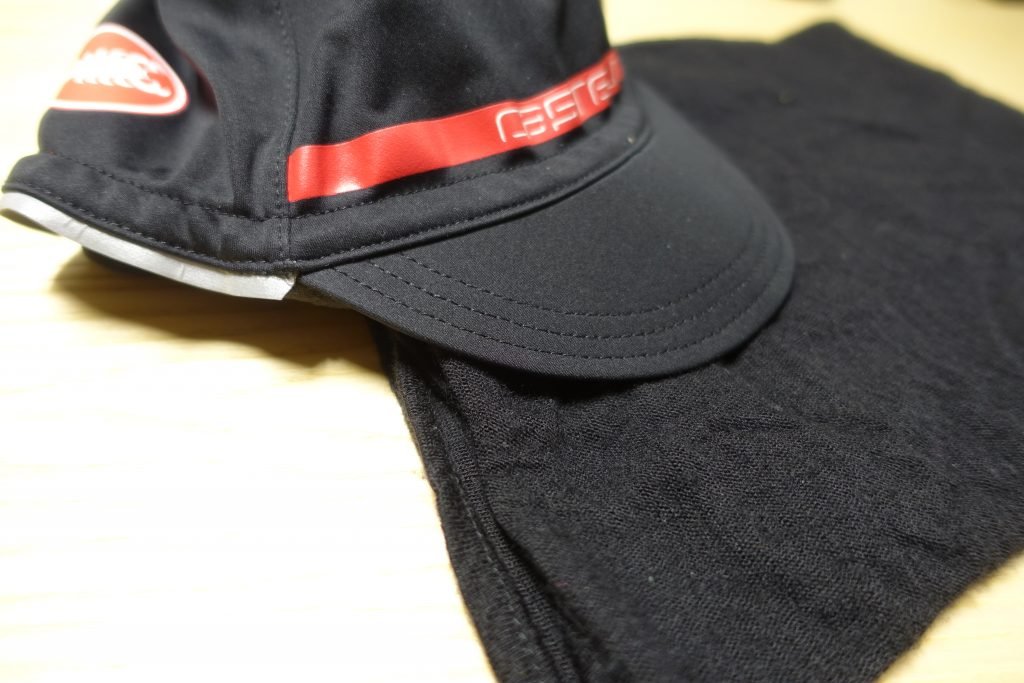
So you have got your arms, legs and body all nice a comfortably warm for you ride. But what about all of the other bits? A ride on a cold day can be uncomfortable to the point of being painful if you are not properly kitted out. It turns out that everything you were told as a child about losing most body heat through your head is a myth. Body heat-loss depends on the area exposed to the cold. This does mean that if you are nicely wrapped up from the neck down - heat will leave your body from the neck up. If you are riding in extreme sub-zero conditions, you may feel a full balaclava is necessary to protect you face from the cold. Alternatively, a less extreme option is an insulated cap and neck warmer or neck tube.
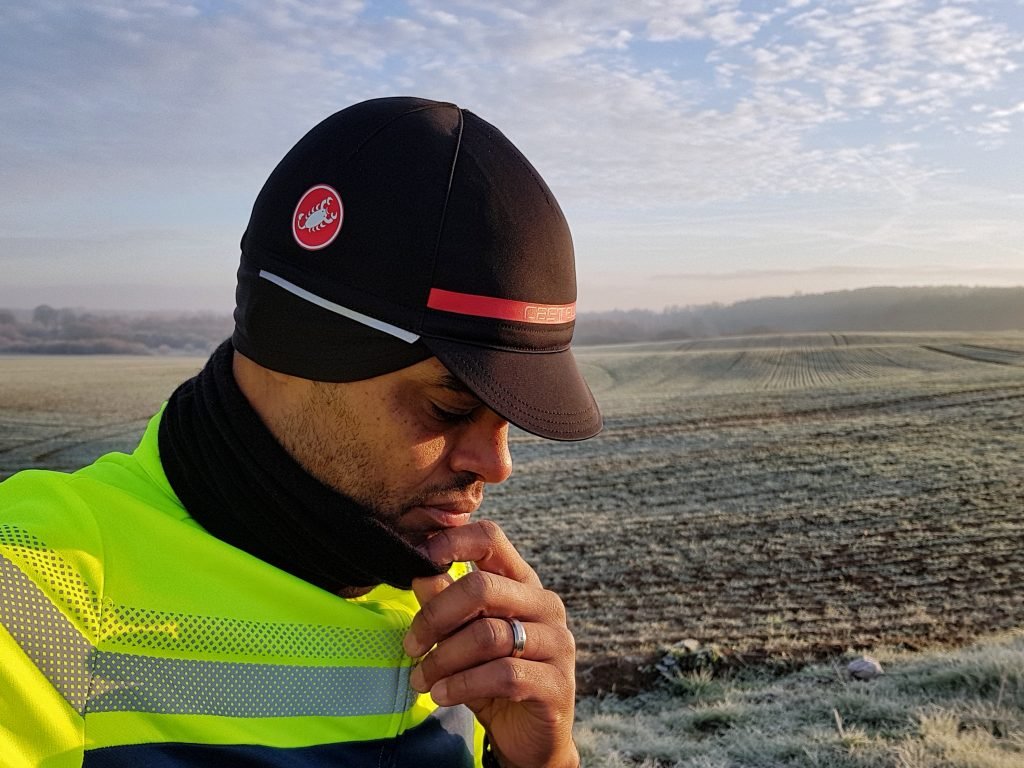
These are a very simple 'tube' that can be pulled over your head and protect your neck and face from windchill. Neck warmers are commonly made from Polyester or a Poly/Spandex mix. These can also be Merino Wool - which is a good option for winter cycling.
Gloves
Ask any cyclist and I'm sure they will agree that cycling with cold hands are one of the worst Winter experiences. When your fingers go beyond the point of just being cold and they actually hurt - its time to get a good pair of gloves.There are plenty of different options to suit all types rider. Something with windproof capabilities is always a good option as they are designed to keep the cold air out and the warmth in. If your hands are prone to getting really cold during winter cycling, its a idea to look at liner gloves. These are thinner gloves which can either be used on their own or under a pair of winter gloves.The idea is that the heat gets trapped between the layers, keep your hands warmer for longer.
Be careful not to go too thick with your gloves though. This can make it hard to control your bike and brake. Also, if your gloves are too thick, you could spend your ride continually taking your gloves on and off - trying to maintain a comfortable temperature.
Review: GripGrab Ride Winter Gloves
Socks
A bit like the hands, cold feet and toes will really make winter cycling unpleasant.Although the feet are continuously moving with the pedals, their fixed position can make them fall victim to cold air and wind. Cycling shoes are commonly ventilated for riding in warmer conditions. But during cold weather those vents act like wind tunnels. Getting socks right in winter is the key to happy feet. It's not advisable to wear more than one pair of socks as this can restrict circulation if your cycling shoes are tight fitting. Instead, look at socks that are designed to be used during colder months. Once again, Merino is an increasingly popular choice. As well a being great for temperature control, Merino wool is very comfortable and not itchy (like standard wool). This is thanks to the fine fibres used in construction.
Guide: Buyers Guide to Cycling Socks
Overshoes, Oversocks & Toe Covers
We have already mentioned the importance of keeping your feet warm during winter cycling. And the importance of not wearing too many paired of socks inside your shoes. The alternative option to this are oversocks. Basically these are a durable sock that fits over the top of your cycling shoes. Most come with a hole already cut into the sole, others you need to cut your own. Oversocks do a good job of keeping the chill off of your feet and mud and spray off your cycling shoes. Although they are not usually waterproof, some brands make a water repellent version.
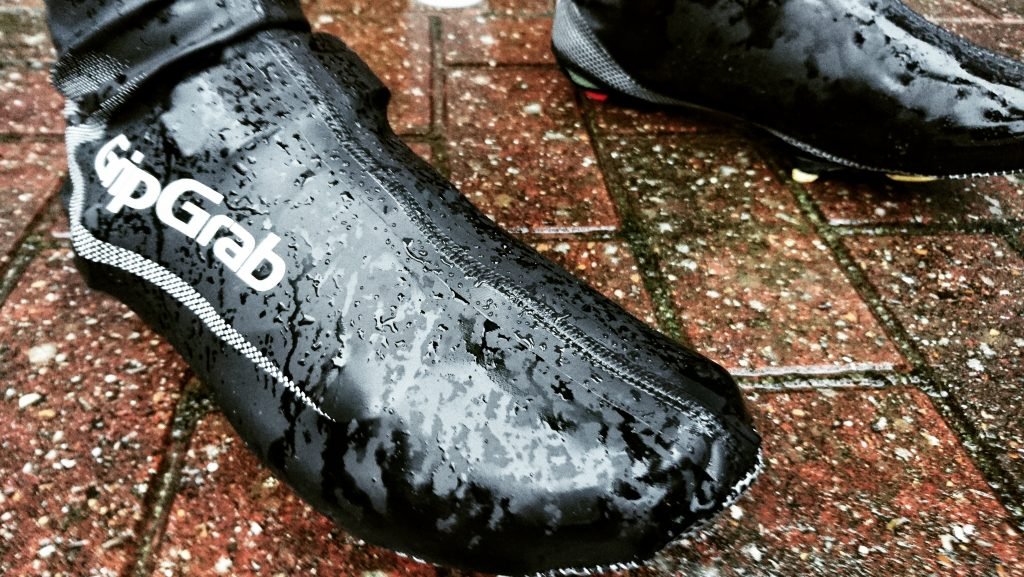
Lightweight overshoes protect them from rain and water spray from the road. These tend to be less insulated and not as warm. Winter overshoes are made from materials like 3mm Neoprene. This is the same material that is used for wet suits. Whilst neoprene isn't naturally waterproof - it is excellent at insulating, even when wet. However, some makes will sandwich a waterproof membrane between the layers. Whilst overshoes are an excellent winter accessory, they can be a little awkward to put on. Most have a zip or Velcro opening at the back/side. Some will also have an open sole area so they are compatible with road and off-road shoes. Just remember to check this before you buy.
Finally, the humble toe covers. These simple accessories are better suited for milder winter rides. They are perfect to taking the chill of your toes and are easy to slip on and off. The wide cleat opening makes them compatible with most cycling shoes. The only downside is that they tend to be less durable that a full overshoe.
Guide to Winter Cycling Clothing Summary
If you plan properly and make sure you have suitable kit - there is no need to let winter stop you from riding. Some winter cycling clothing can be very expensive, but on the other hand, there is plenty affordable kit on offer. Layers is always a good option as you can remove and add kit as you need. The rule of thumb is to start a ride cold as you will warm up during the ride. That being said though, make sure you always check the forecast for your ride. Don't get caught out if the temperature suddenly drops or the weather changes to rain or snow. Use your best judgement and enjoy your ride.

